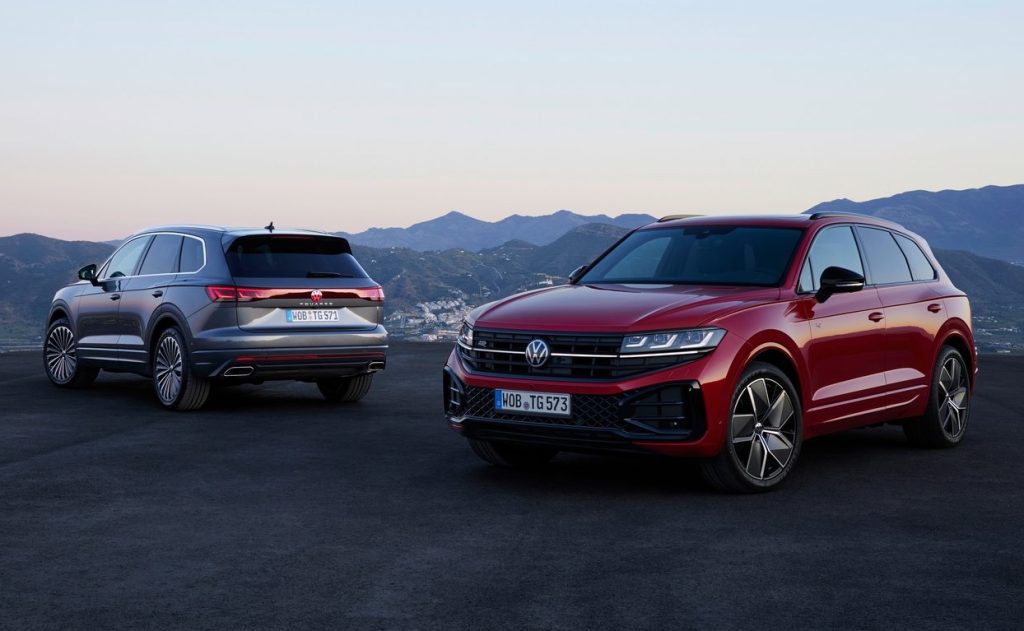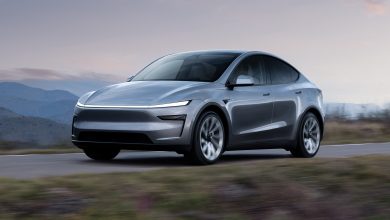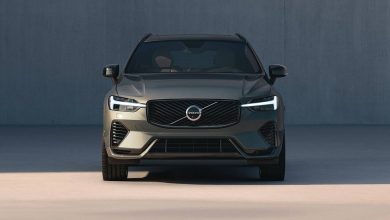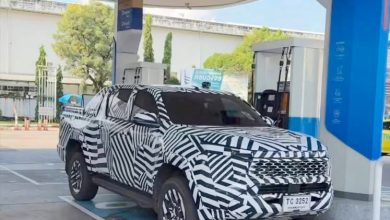China Imported Over 17,000 Cars From Slovakia In Q1 2025
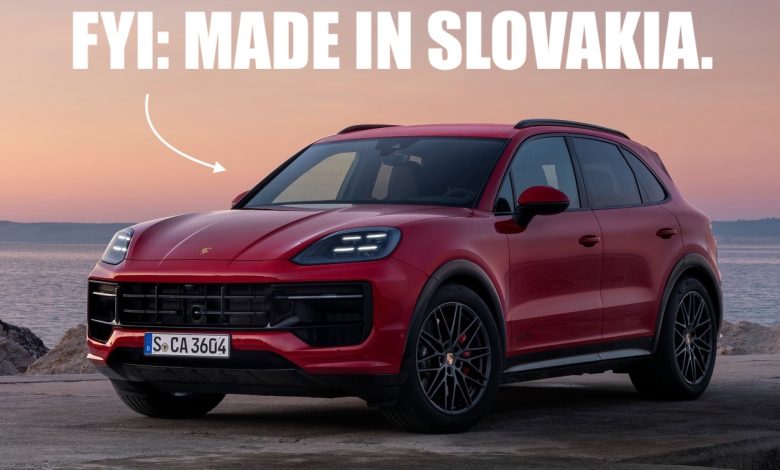
Slovakia quietly takes third place on China’s automotive import ranking for the first quarter of 2025.
So a little while ago, the China Passenger Car Association (CPCA) published its latest figures for vehicle imports into the country. And while this is ordinarily not the most newsworthy of stories — one rather interesting fact stood out: Slovakia is now the third-largest exporter of cars to China.
Yes, Slovakia — a country that many would find hard to pinpoint on a map — managed to ship over 17,000 cars to China in just the first quarter of 2025. That puts it ahead of traditional European heavyweights like the UK and France, and behind only Japan and Germany.

Now what Slovakia lacks in coastline, it actually more than makes up for in production lines. Auto manufacturing has quietly become the economic backbone of this Central European nation, accounting for 26% of all national exports. From 2007 to 2024 too, Slovakia proudly held the title of the world’s largest car producer per capita — not just in Europe, but globally.
And while it often flies under the radar, Slovakia is home to four major car manufacturers, producing vehicles that find their way to showrooms across the globe — including now, increasingly, in China.
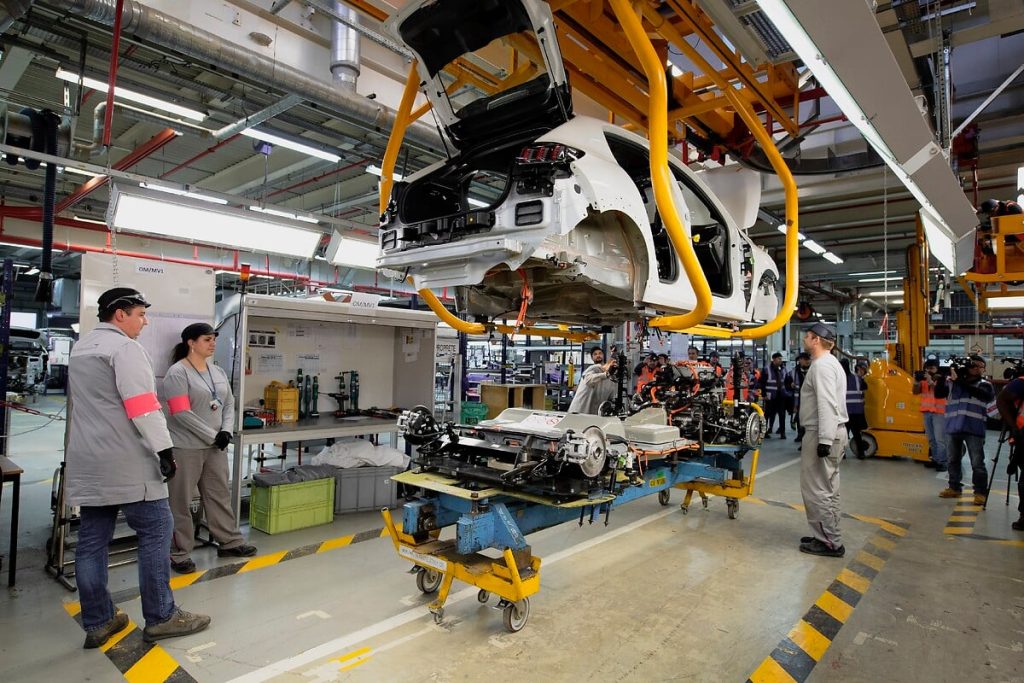
Among the four big auto marques who have manufacturing roots in Slovakia include Stellantis, which assembles the Peugeot 208 and e-208, and Kia, whose Ceed and Sportage models roll out of its plant in Žilina. These are solid, high-volume models — but they’re primarily intended for the European market, and rarely show up on Chinese roads.
Where Slovakia’s exports begin to align more closely with Chinese demand is through the operations of Volkswagen Group and Jaguar Land Rover. At the heart of this is Volkswagen’s expansive Bratislava plant, which (until very recently) served as the exclusive global production hub for the Volkswagen Touareg, Audi Q7, and Porsche Cayenne.
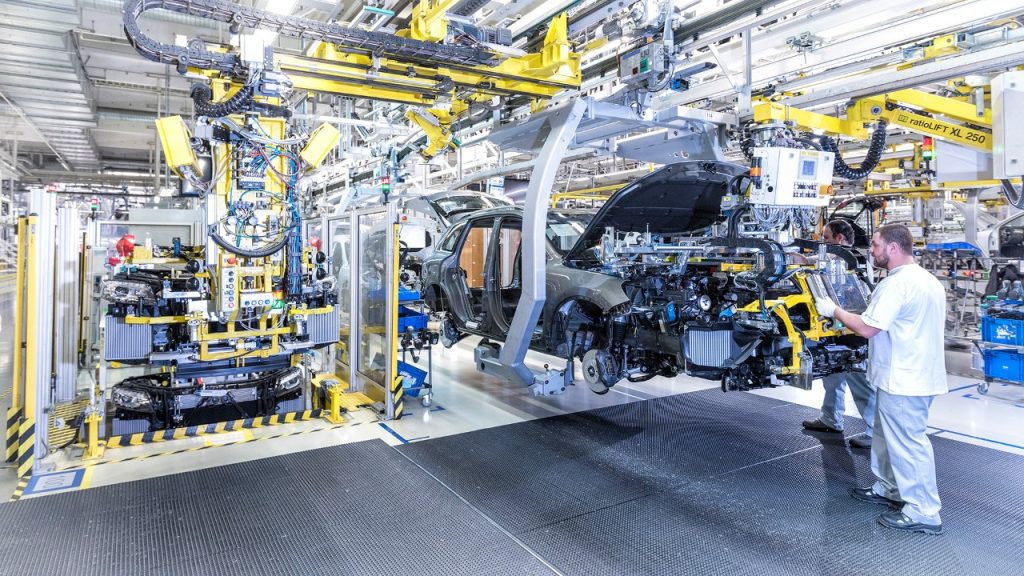
Jaguar Land Rover, meanwhile, maintains a facility in Nitra, where it assembles the Land Rover Discovery and Defender. Though the vehicle is often associated with British engineering, its Slovakian production origin has not hindered its appeal in overseas markets, including China.

While Slovakia’s automotive exports are gaining ground, the broader landscape for imported vehicles in China remains under pressure.
In the first quarter of 2025, China imported 95,000 vehicles, reflecting a sharp 39% decline compared to the same period in 2024. March alone saw 39,000 units, down 27% year-on-year. This decline continues a multi-year trend: from 1.24 million vehicles in 2017, imports have steadily decreased to 700,000 units in 2024, an average annual drop of around 8%.
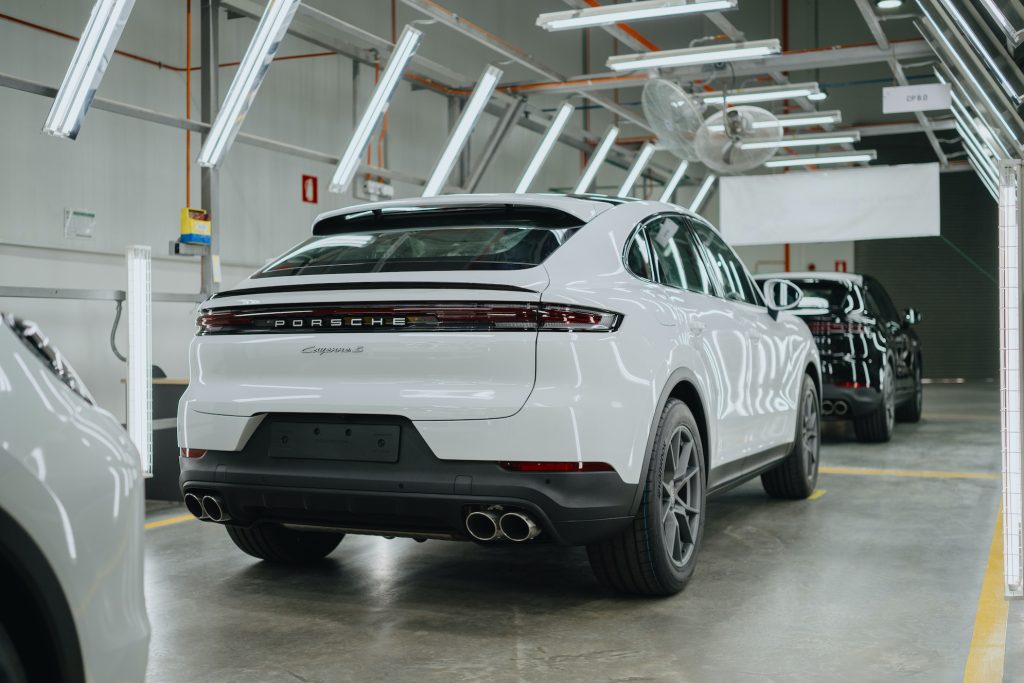
Passenger cars still dominate the imported segment, accounting for 98% of total volume. Within that, sedans made up 43%, and AWD SUVs accounted for 29%. The outlook for new energy vehicles (NEVs) was particularly subdued, with just 1,345 BEVs and 1,078 PHEVs imported — declines of 82% and 77%, respectively.
Nevertheless, Slovakia stood out in this otherwise contracting market. Its exports to China increased by 1,931 vehicles in Q1 2025 compared to the same period last year — the highest growth among all exporting nations. In March alone, the country saw a year-on-year increase of 401 vehicles, again topping the list.
Other countries, including Poland, Belgium, and Vietnam, also posted gains, though none on the same scale.
| Ranking | Country | Imported Vehicle Volume |
| 1 | Japan | 30,517 |
| 2 | Germany | 23,695 |
| 3 | Slovakia | 17,733 |
| 4 | United States | 8,871 |
| 5 | United Kingdom | 8,371 |
| 6 | Mexico | 1,443 |
| 7 | Sweden | 1,371 |
| 8 | Austria | 695 |
| 9 | South Korea | 359 |
| 10 | Italy | 266 |
This growth may, in part, be attributed to shifting trade dynamics. In response to escalating tensions with the United States, China imposed a 25% tariff on American-made cars earlier this year. With U.S. imports now less economically viable, demand has shifted toward alternative sources. In this climate, Slovakia’s role as a production hub for premium European SUVs has positioned it as a key supplier to one of the world’s largest car markets.
